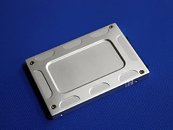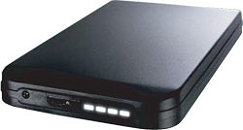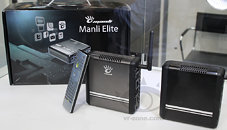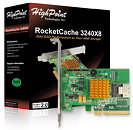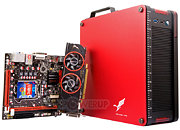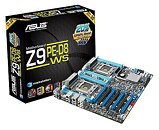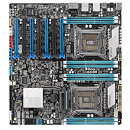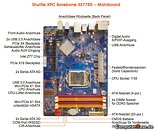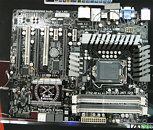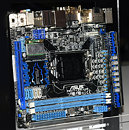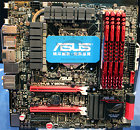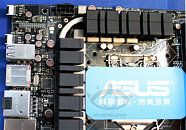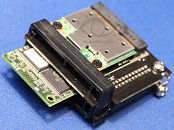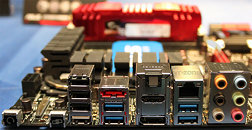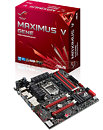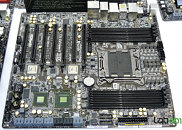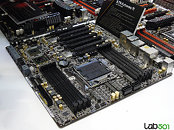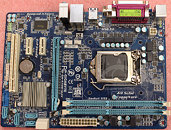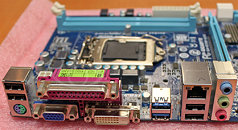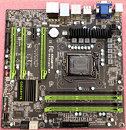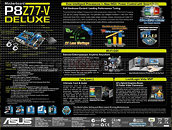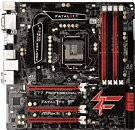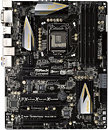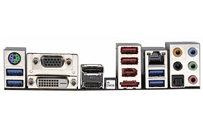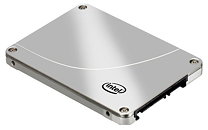ORICO Officially Intros HS-01 Series Solid State Drives
ORICO officially introduced the HS-01 series 2.5" SATA solid-state drives (SSDs). The drives come in four variants, based solely on the design of the drives' shells, while internally, the four are identical. Internally, the HS-01 is driven by LSI-SandForce SF-2281 controller, with 25 nm MLC NAND flash memory, offering 256 GB of storage. Apparently, these drives incorporate the latest firmware microcode released by LSI that helps the drive make better use of its available NAND flash capacity.
The drives take advantage of the SATA 6 Gb/s interface, offering sustained sequential speeds of 500 MB/s (read) and 350 MB/s (write). The four previously mentioned variants are HS-01A-256S3, HS-01C-256S3, HS-01D-256S3 and HS-01E-256S3 (first picture, CW). The bodies are made of CNC-milled aluminum, which are ridged to assist in heat dissipation. Backed by 5-year warranty, the HS-01 series 256 GB drives are priced at 2,898 RMB (US $458.3).
The drives take advantage of the SATA 6 Gb/s interface, offering sustained sequential speeds of 500 MB/s (read) and 350 MB/s (write). The four previously mentioned variants are HS-01A-256S3, HS-01C-256S3, HS-01D-256S3 and HS-01E-256S3 (first picture, CW). The bodies are made of CNC-milled aluminum, which are ridged to assist in heat dissipation. Backed by 5-year warranty, the HS-01 series 256 GB drives are priced at 2,898 RMB (US $458.3).


